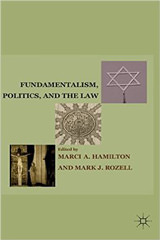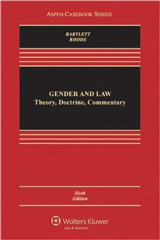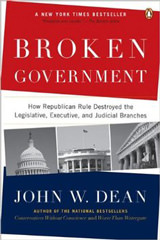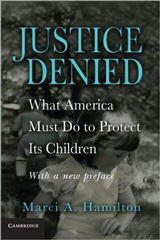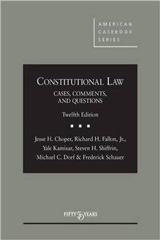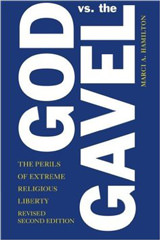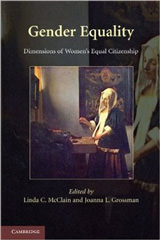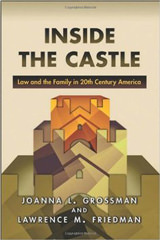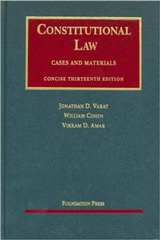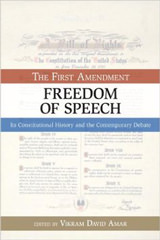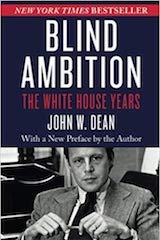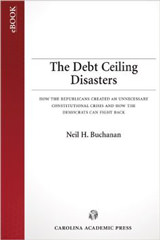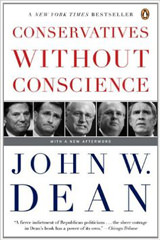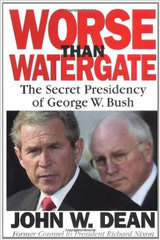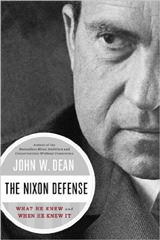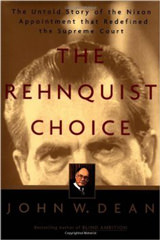Cornell Law professor Michael C. Dorf comments on the so-called “unitary executive theory” and explains why it seems to form the basis for the extreme positions of conservative Justices on the U.S. Supreme Court. Professor Dorf argues that the conservative Justices may prefer to pursue their ideological goal of undercutting regulation via the dubious unitary executive theory rather than originalism, further undercutting the administrative state.
Vikram David Amar is a Distinguished Professor of Law at UC Davis School of Law and a Professor... more
Neil H. Buchanan, an economist and legal scholar, is a visiting professor at the University of... more
Michael C. Dorf is the Robert S. Stevens Professor of Law at Cornell University Law School. He... more
Samuel Estreicher is Dwight D. Opperman Professor of Law and Director of the Center of Labor and... more
Dr. Leslie C. Griffin is the William S. Boyd Professor of Law at the University of Nevada, Las... more
Joanna L. Grossman is the Ellen K. Solender Endowed Chair in Women and Law at SMU Dedman School... more
Professor Marci A. Hamilton is a Professor of Practice in Political Science at the University of... more
Mr. Margulies is a Professor of Government at Cornell University. He was Counsel of Record in... more
Austin Sarat is the William Nelson Cromwell Professor of Jurisprudence and Political Science at... more
Laurence H. Tribe is the Carl M. Loeb University Professor Emeritus at Harvard University and... more
Lesley Wexler is a Professor of Law at the University of Illinois College of Law. Immediately... more




